













“Improved Oil Recovery & EOR using Biological Enzymes”
info@btprocessing.com









1. Oil is attached to a solid or sand mixture
producing high flow resistance that clogs
the operation
2. GreenZyme® is injected at 10%
in a solution containing water
3. The GreenZyme® solution interacts with the
sand increasing its wettability by attaching the
water and enzyme solution to the sand and
repelling the oil, creating mobility and decreasing
its flow resistance.
4. Oil is released from the sand and becomes
suitable for extraction.





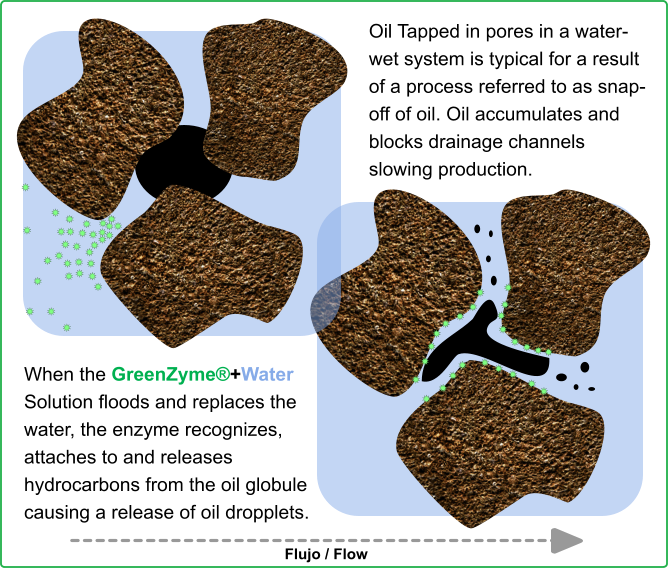
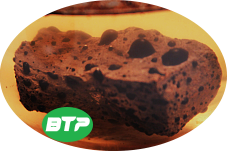

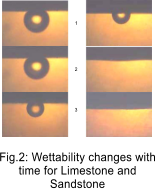
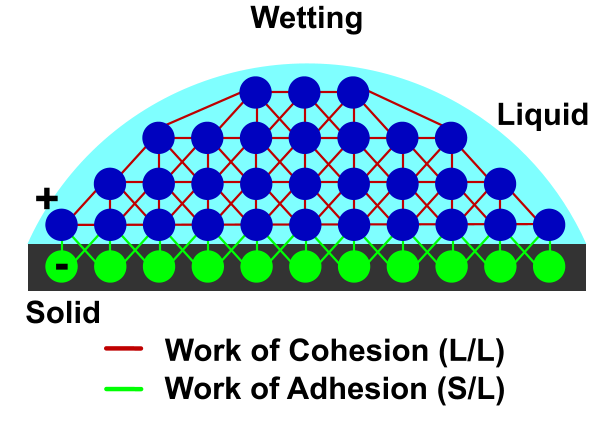
Test of Interfacial Tension (IFT)
Interfacial tension between crude oil and biological enzyme solution was measured by Type 12 interfacial
tensiometer, namely KRUSS made in GmbH Inc, Hamburg, Germany. Tabel.2 and Fig.1 shows the results of
interfacial tension test. IFT between crude oil and biological enzyme solution deceases with the increasing of
concentration of biological enzyme solution, IFT reaches its lowest value when concentration of biological
enzyme solution varies between 6% and 8%, then it increases with the increasing of concentration of biological
enzyme solution.
Test of Changing Wettability of Rock Surface
Wettability is defined as “the tendency of one fluid to spread on or adhere to a solid surface in the presence of
other immiscible fluids” (Craig, 1971). When the fluids are water and oil, the wettability is the tendency for the
rock to preferentially imbibe oil, water, or both. The wettability of a rock is important because it controls the
location, flow, and distribution of fluids within reservoir rocks (Anderson, 1986A). Generally the following criteria
are used to decide the wettability of rock.
Work of adhesion
Solid surfaces are present in porous media, along with fluid phases, and solid fluid interfaces contribute to fluid
flow behavior and fluid distribution. Considering a drop of oil on a solid surface, the mechanical equilibrium force
balance between oil, water and solid surface yields Young’s equation of capillarity, using the solid surface as a
convenient plane of reference.
Therefore work of adhesion for water increases with the decreasing of contact angle, while work of adhesion for
oil increases with the increasing of contact angle. So it’s easy to enhance oil recovery for reservoir with
increasing of water wetting ability because oil film on rock surface is easy to be detached by injected water.
Several methods have been presented in the literature for determining the wettability of a rock. The three most
common quantitative methods are contact angle measurements, the Amott method, and the USBM method
(Anderson, 1986B). In this paper Contact angle measurements was selected to determining the wettability of the
rock, because the magnitude of the contact angle gives a direct indication of the wettability of the rock. Contact
angle measurements involve a water drop coming in contact with a rock surface and surrounded by oil. Oil and
water are allowed to come to equilibrium and the contact angle between the water drop and the rock surface is
measured.
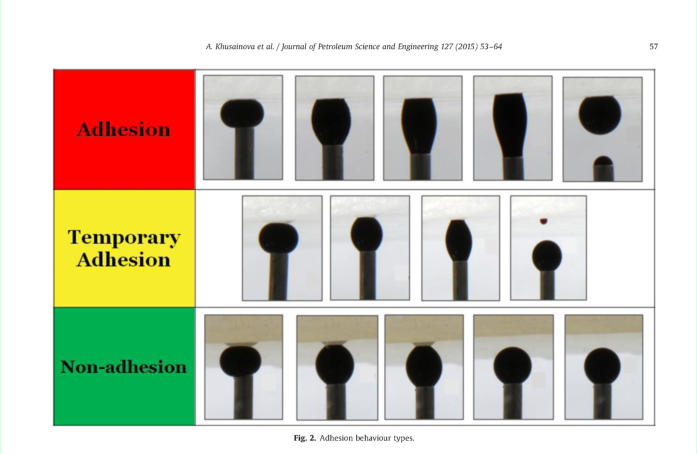
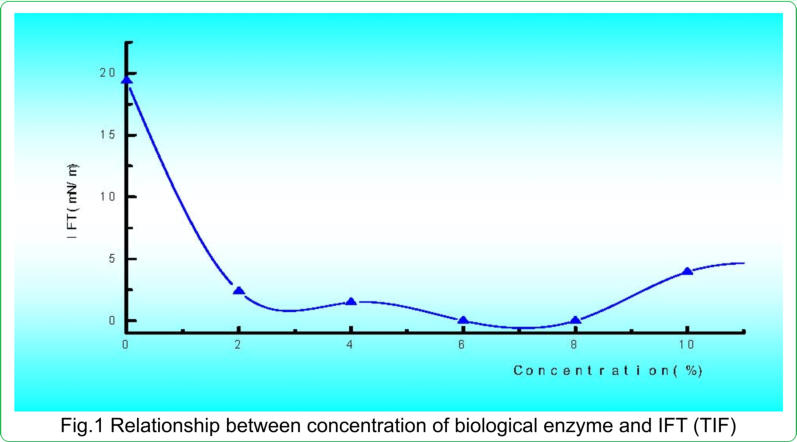
SPE 112355 New Agent for Formation-Damage Mitigation in Heavy-Oil Reservoir: Mechanism and Application
Experiment results show that:
(1) Biological enzyme can change the wettability for sandstone slice from weakly oil-wet to strongly water-wet in
a short time, increase relative permeability to oil phase, decrease the relative permeability to water phase, so
reduce water cut of produced liquid; Whereas biological enzyme slowly changes the wettability for limestone
slice.
(2) For water-wet reservoir, when oil phase is displaced by water phase (imbibition process), biological enzyme
can increase driving force, while for oil-wet reservoir, biological enzyme can decrease resistance force (drainage
process), which will result in remarkably increasing of actuation, aggregation and movement of residual oil in
porous media
(3) Biological enzyme can decrease work of adhesion for oil phase, and make easy strip off the residual oil on the
surface of rock, so improve oil recovery.







